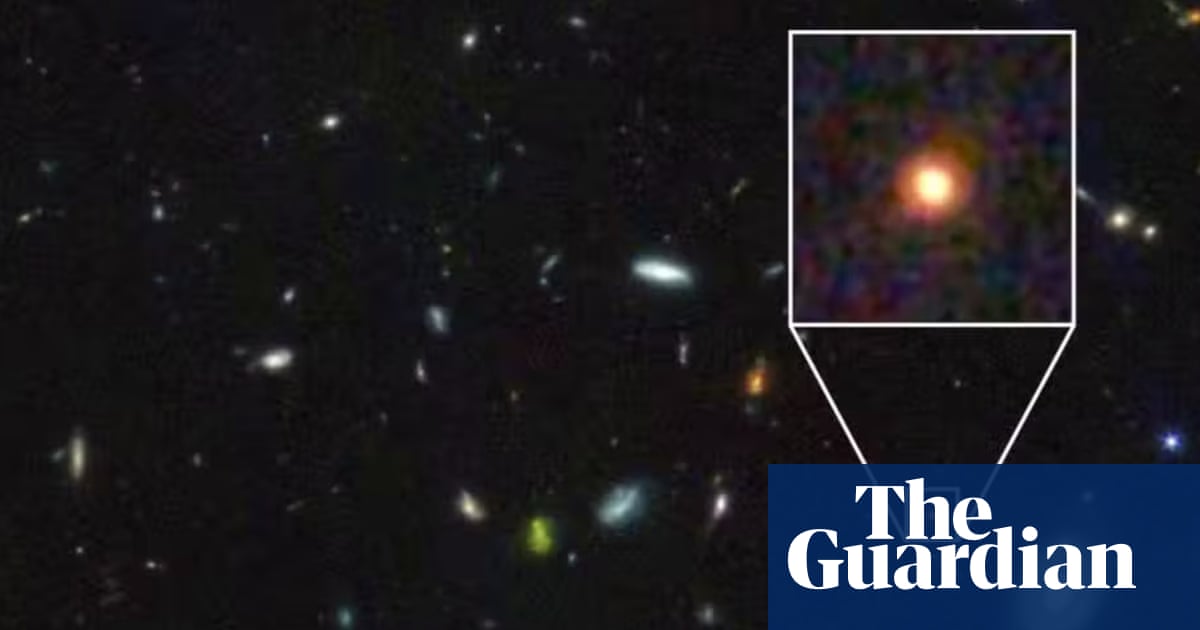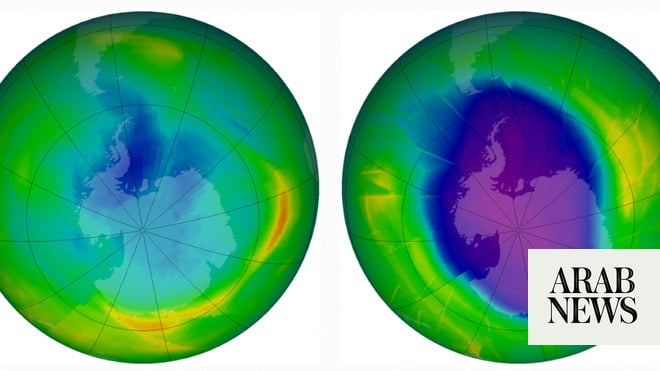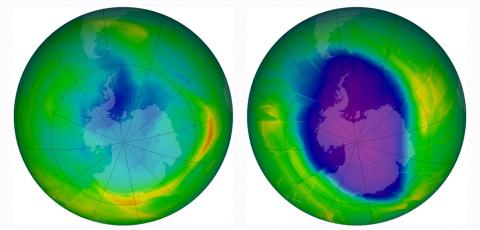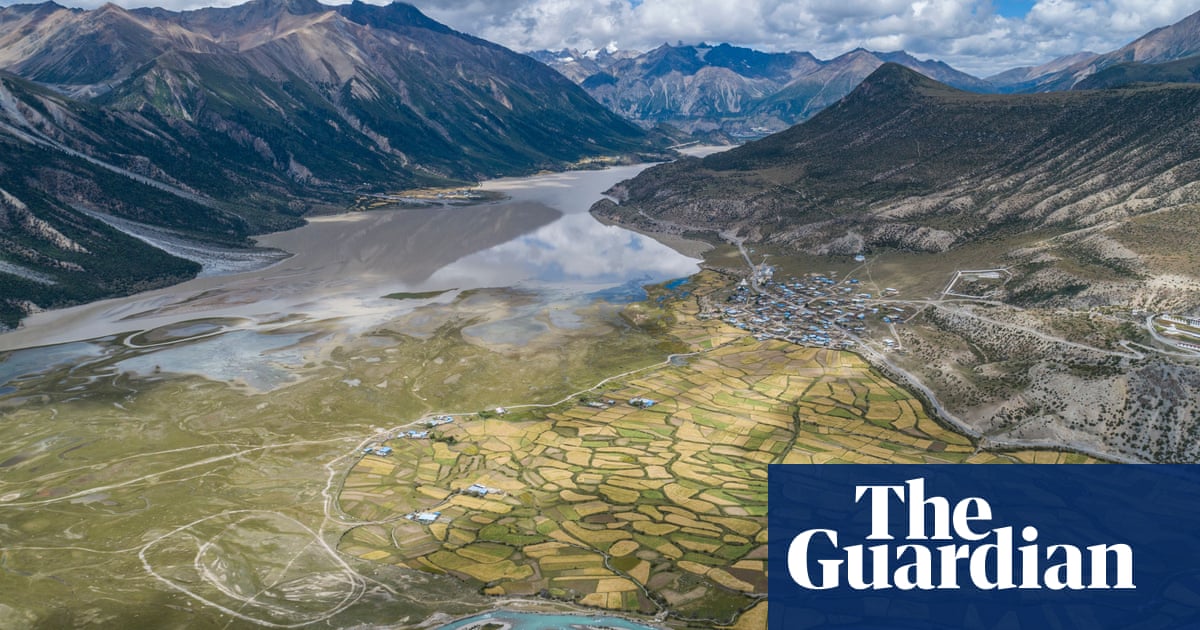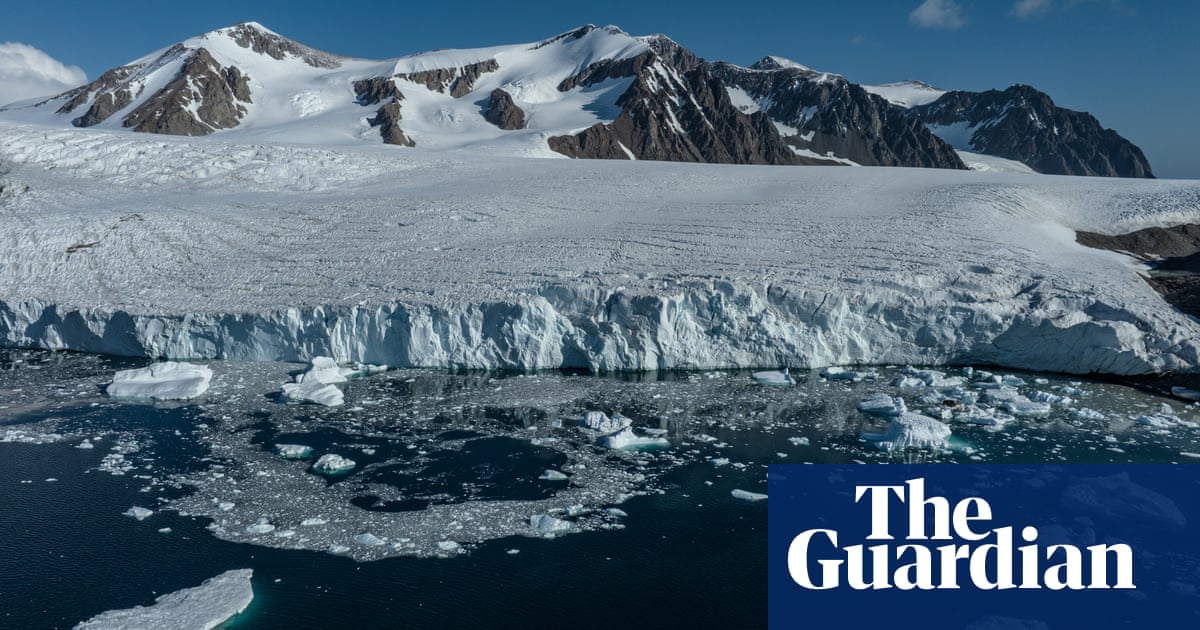
The hole in the ozone layer that develops annually is “rather larger than usual” and is currently bigger than Antartica, say the scientists responsible for monitoring it.
Researchers from the Copernicus Atmosphere Monitoring Service say that this year’s hole is growing quickly and is larger than 75% of ozone holes at this stage in the season since 1979.
Ozone exists about seven to 25 miles (11-40km) above the Earth’s surface, in the stratosphere, and acts like a sunscreen for the planet, shielding it from ultraviolet radiation. Every year, a hole forms during the late winter of thesouthern hemisphere as the sun causes ozone-depleting reactions, which involve chemically active forms of chlorine and bromine derived from human-made compounds. In a statement Copernicus said that this year’s hole “has evolved into a rather larger than usual one”.
Vincent-Henri Peuch, the service’s director, told the Guardian: “We cannot really say at this stage how the ozone hole will evolve. However, the hole of this year is remarkably similar to the one of 2020, which was among the deepest and the longest-lasting – it closed around Christmas – in our records since 1979.
“The 2021 ozone hole is now among the 25% largest in our records since 1979, but the process is still under way. We will keep monitoring its development in the next weeks. A large or small ozone hole in one year does not necessarily mean that the overall recovery process is not going ahead as expected, but it can signal that special attention needs to be paid and research can be directed to study the reasons behind a specific ozone hole event.”
Scientists accept that the depletion in the ozone layer is caused by human-made gases called CFCs, which were first developed in the 1930s for use in refrigeration systems and were then deployed as propellants in aerosol spray cans. The chemicals are stable so can travel from the Earth’s surface to the stratosphere. But then, at the altitude where stratospheric ozone is found, they are broken down by high-energy UV radiation. The ensuing chemical reactions destroy ozone. CFCs have been banned in 197 countries around the world.
Since the ban on so-called halocarbons the ozone layer has shown signs of recovery, but it is a slow process and it will take until the 2060s or 70s for a complete phasing-out of the depleting substances. During recent years with normal weather conditions, the ozone hole has typically grown to a maximum of 20 million sq km (8 million sq miles).
The 2020 Arctic ozone hole was also very large and deep, and peaked at roughly three times the size of the continental US.
The Antarctic ozone hole usually reaches its peak between mid-September and mid-October. When temperatures start to rise high up in the stratosphere in late southern hemisphere spring, ozone depletion slows, the polar vortex weakens and finally breaks down and, by December, ozone levels usually return to normal.




